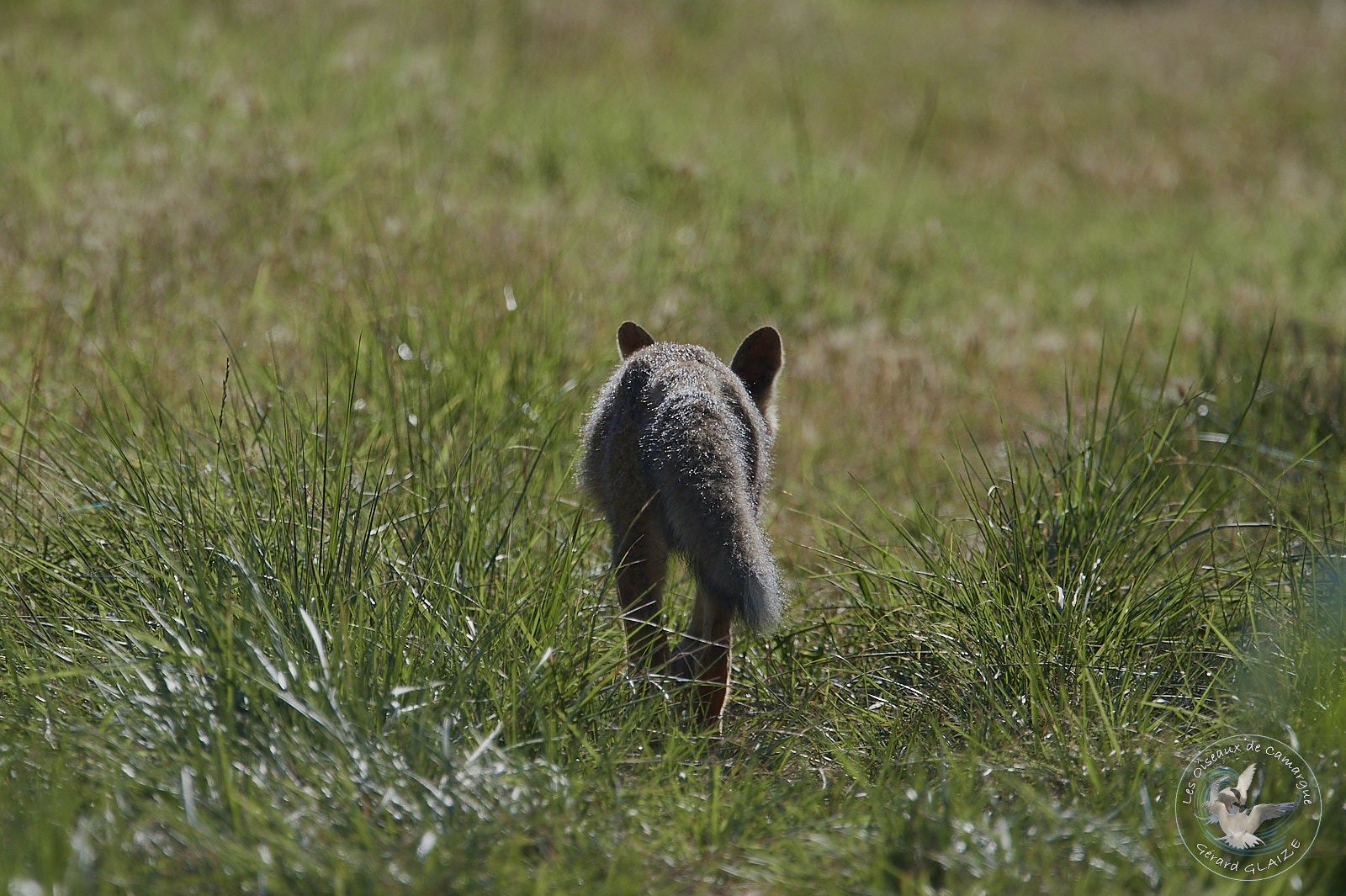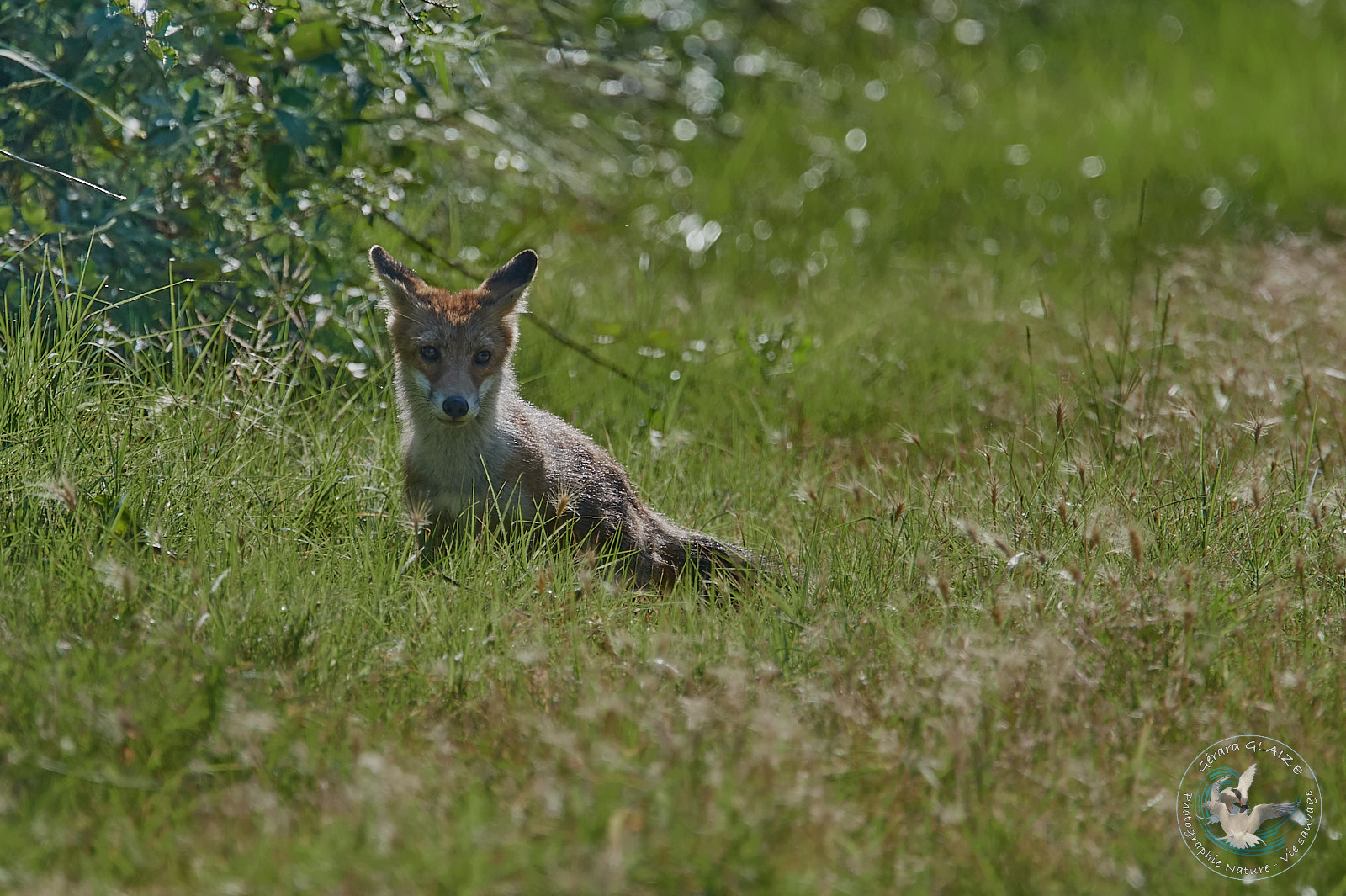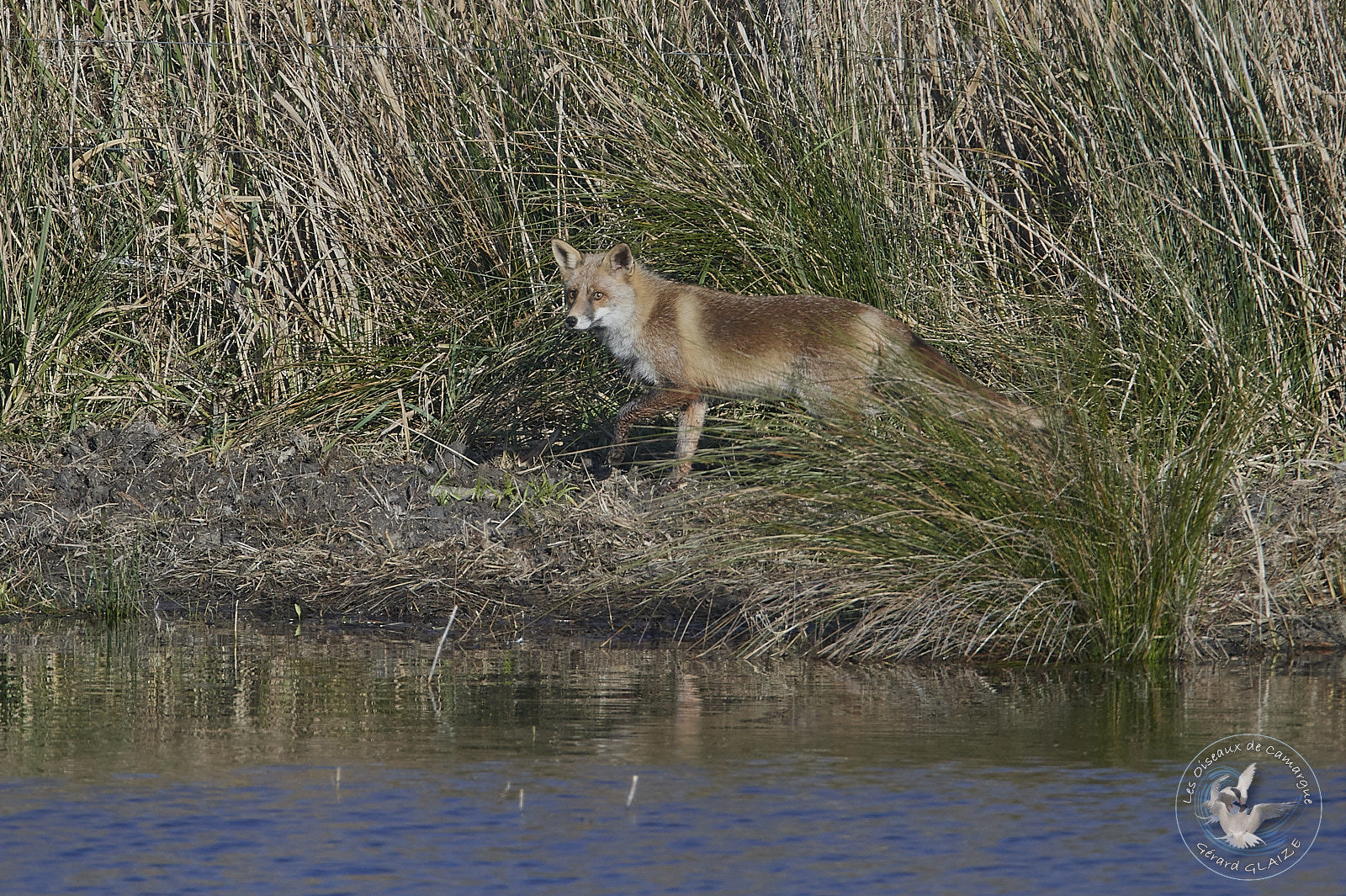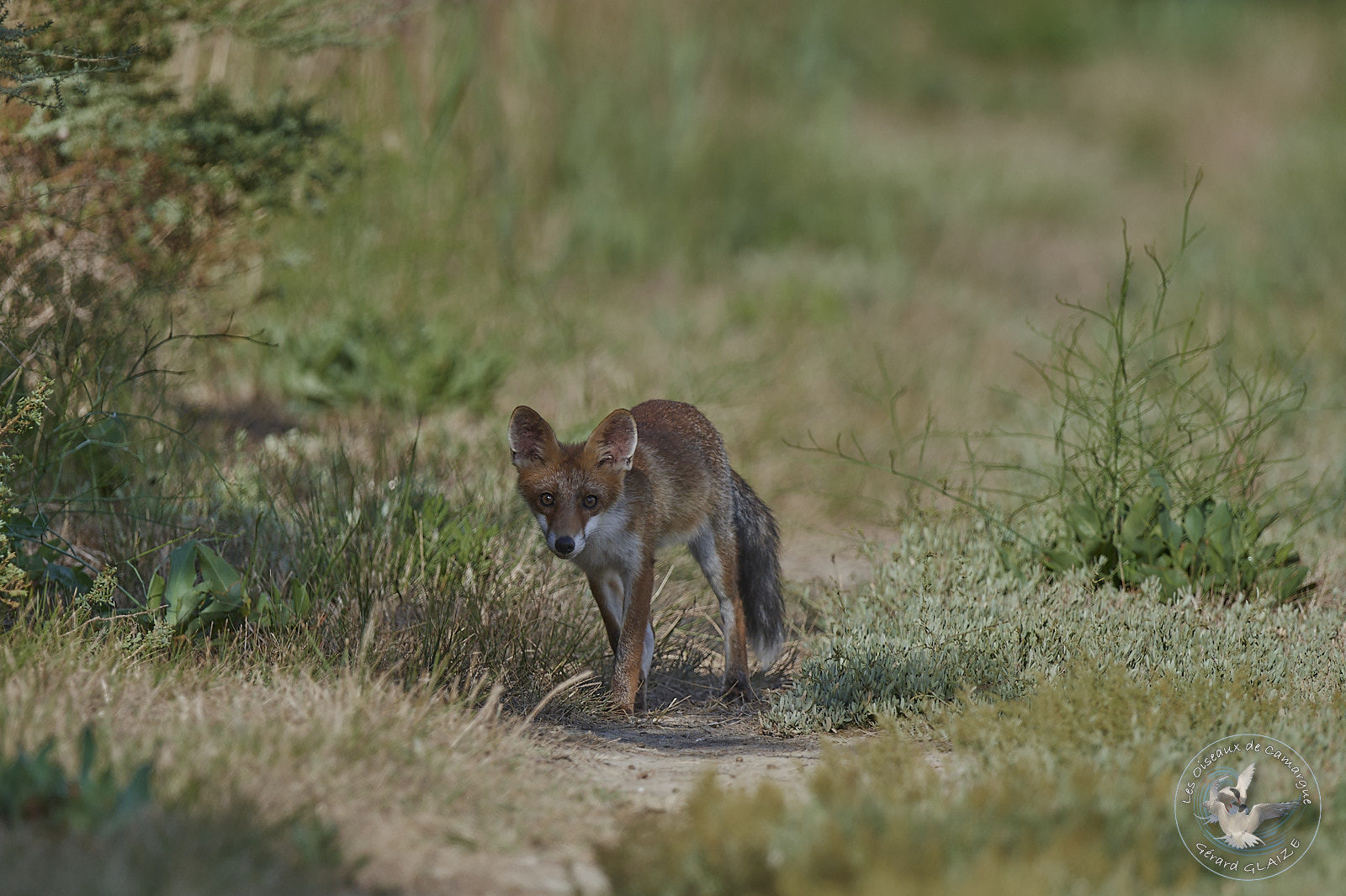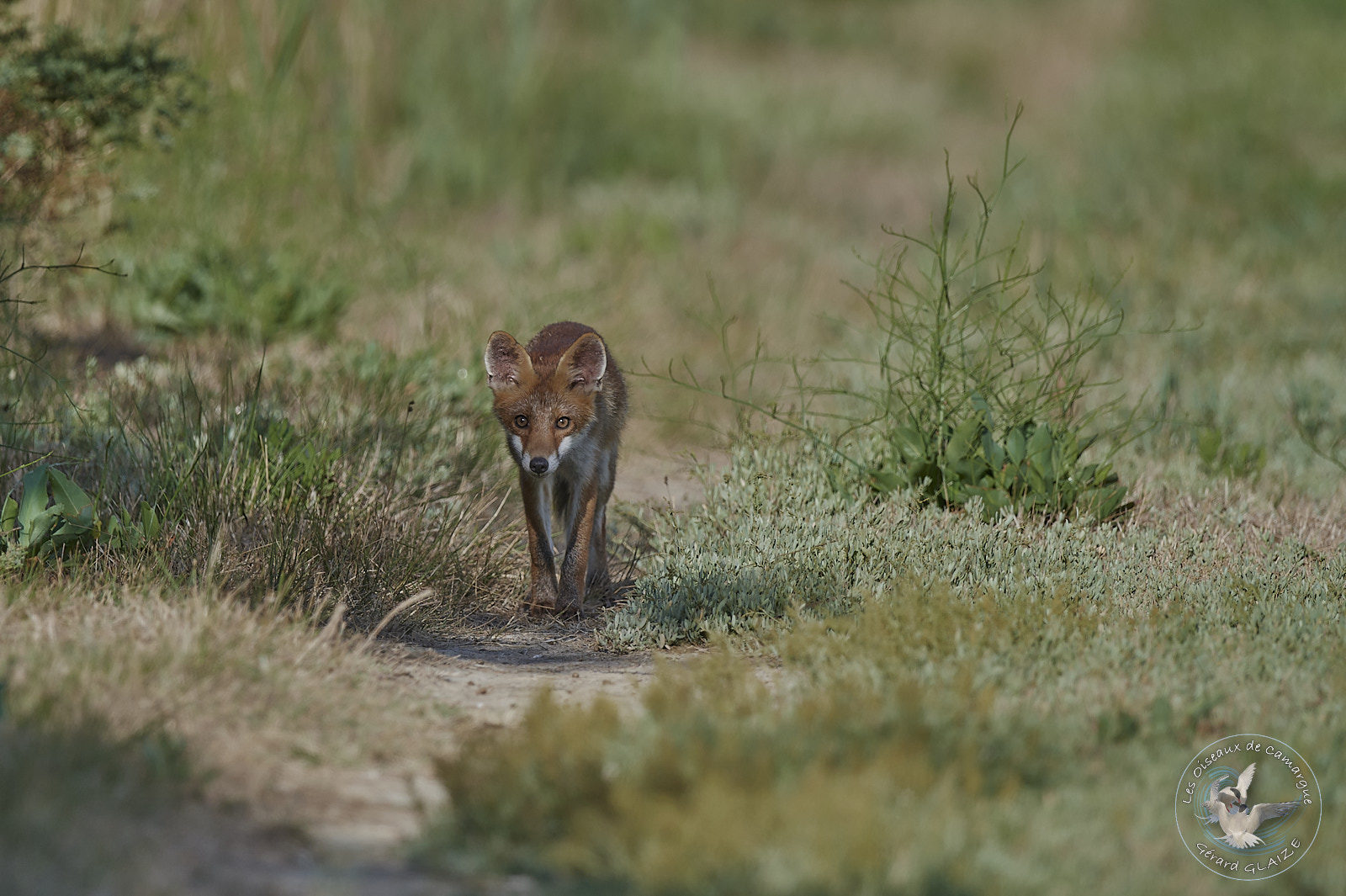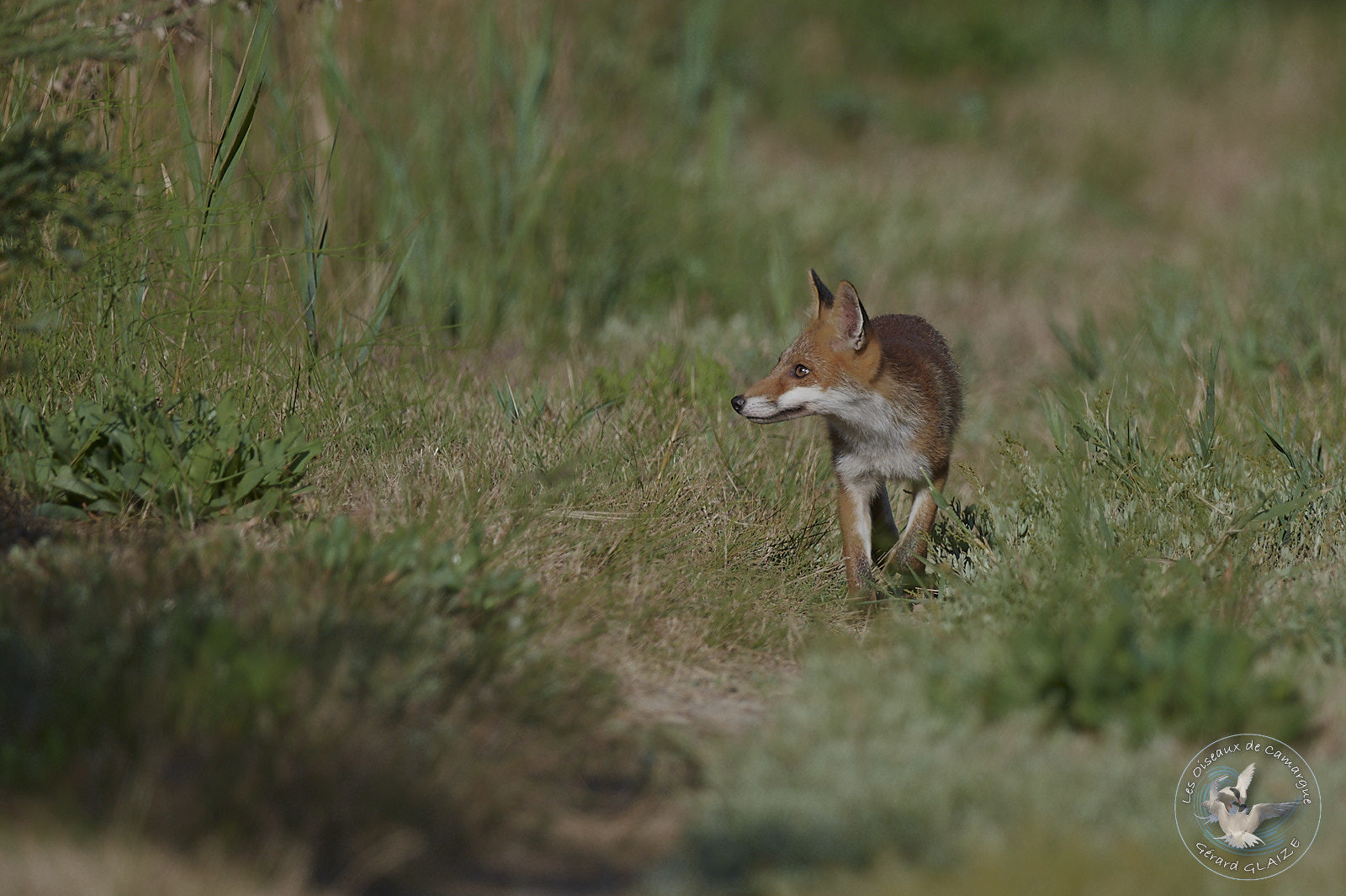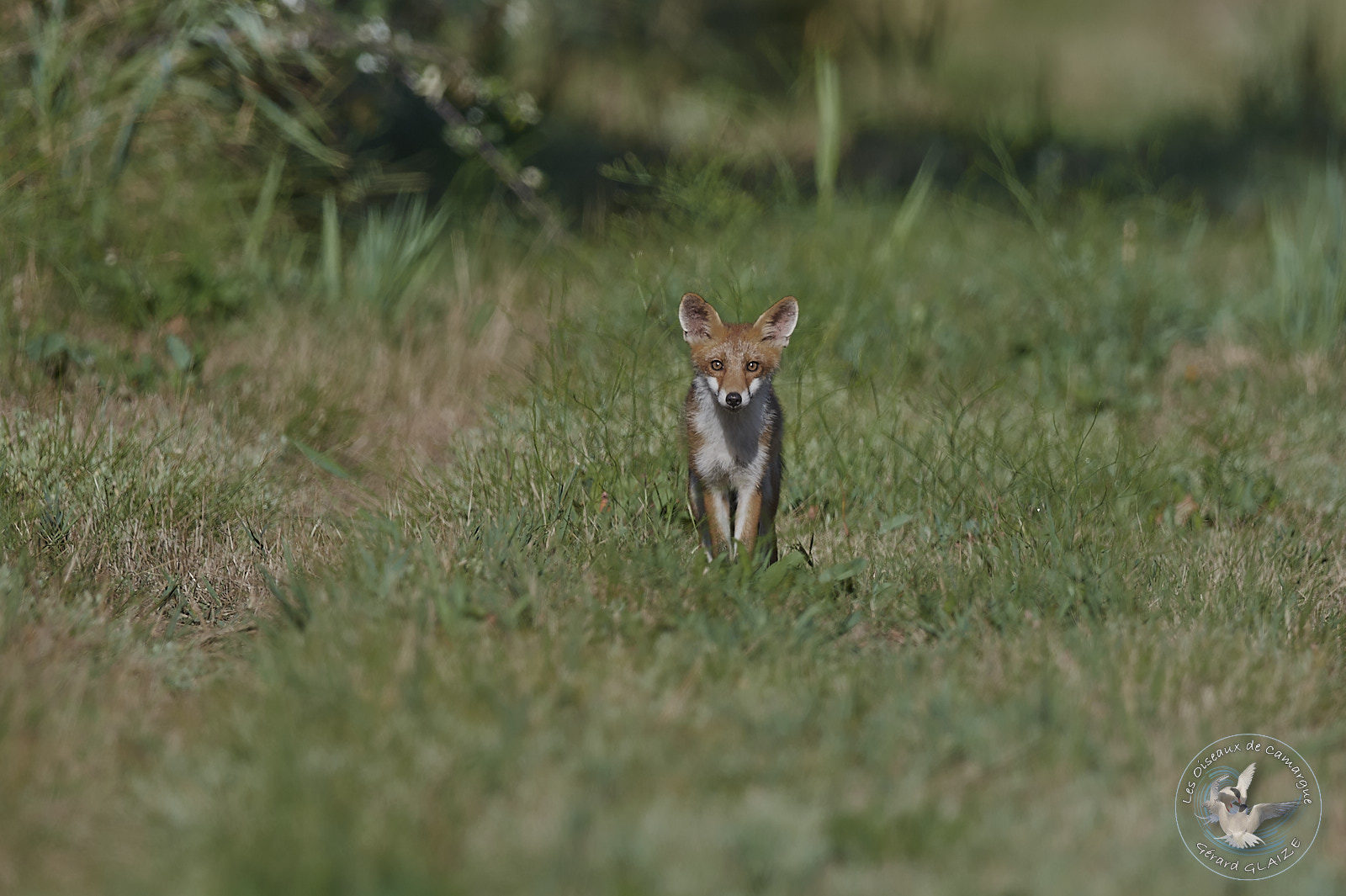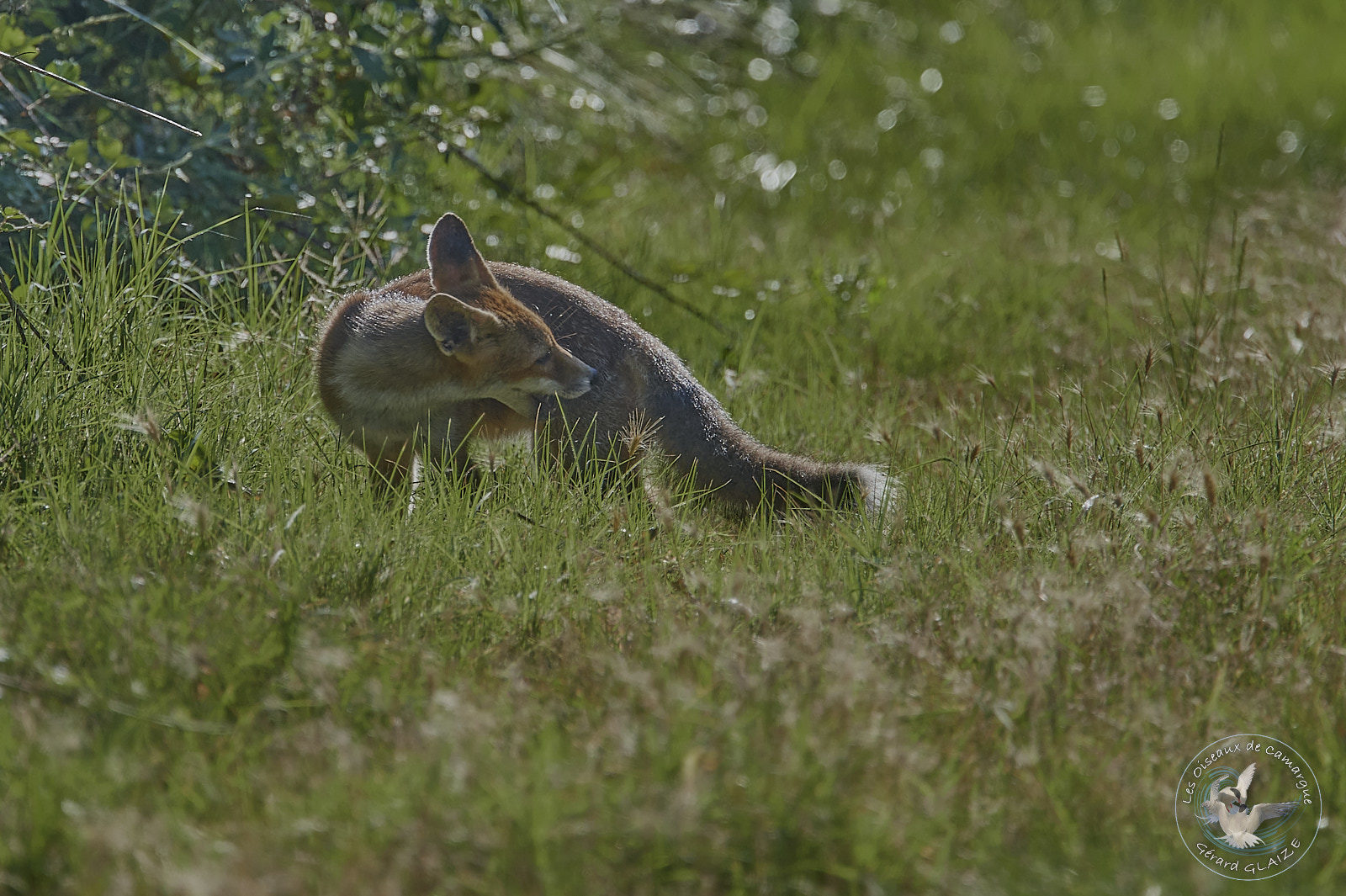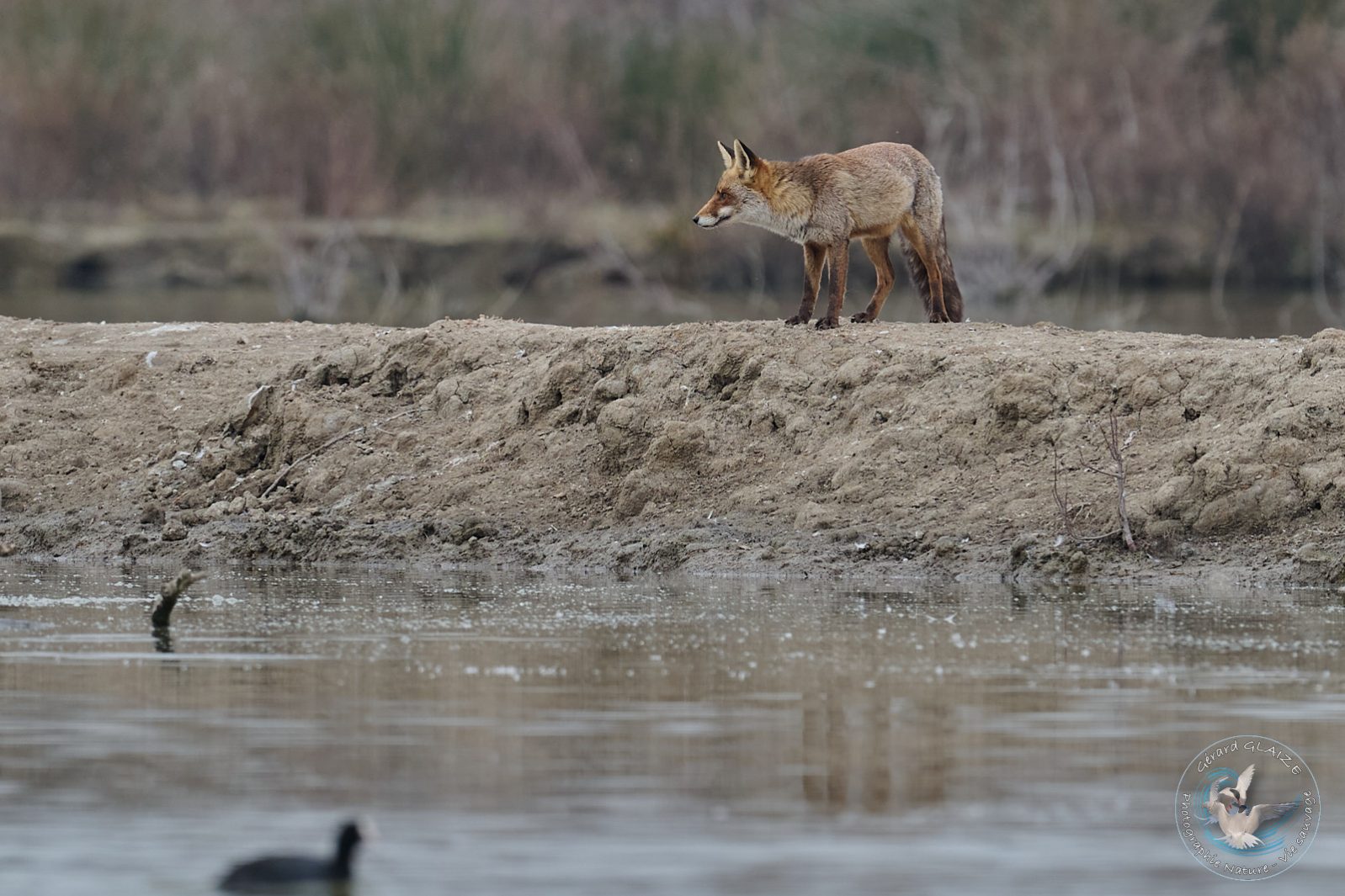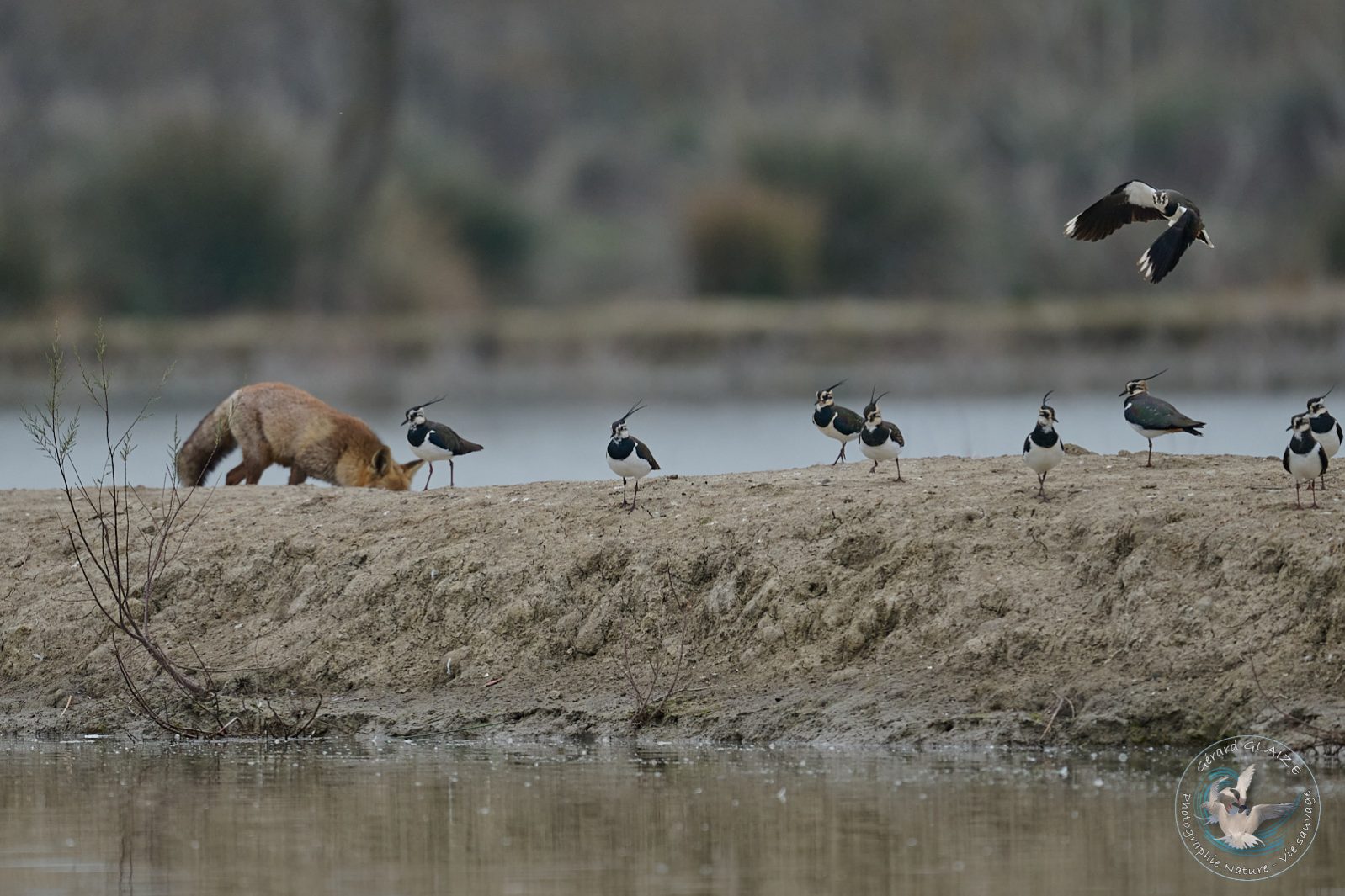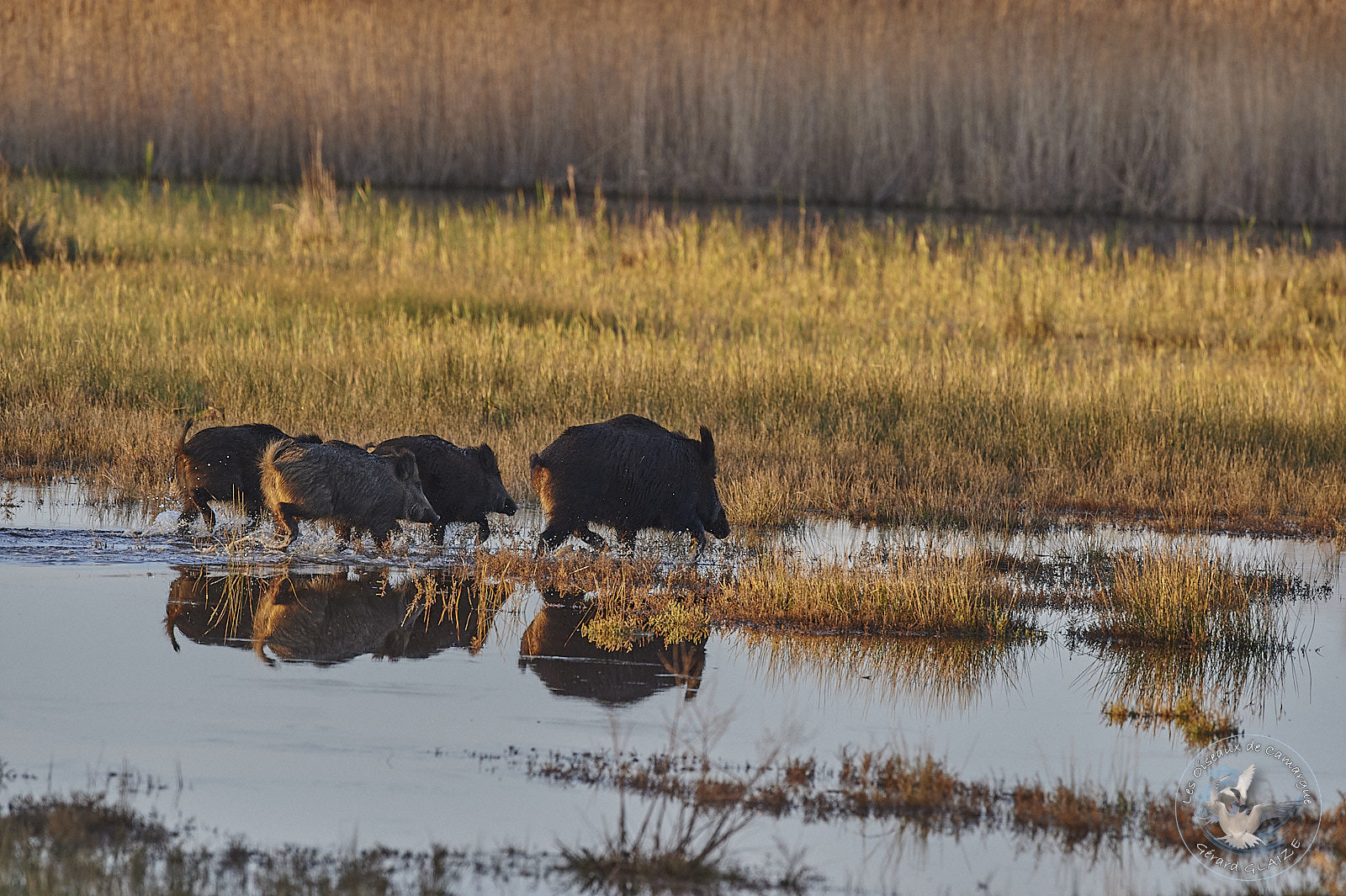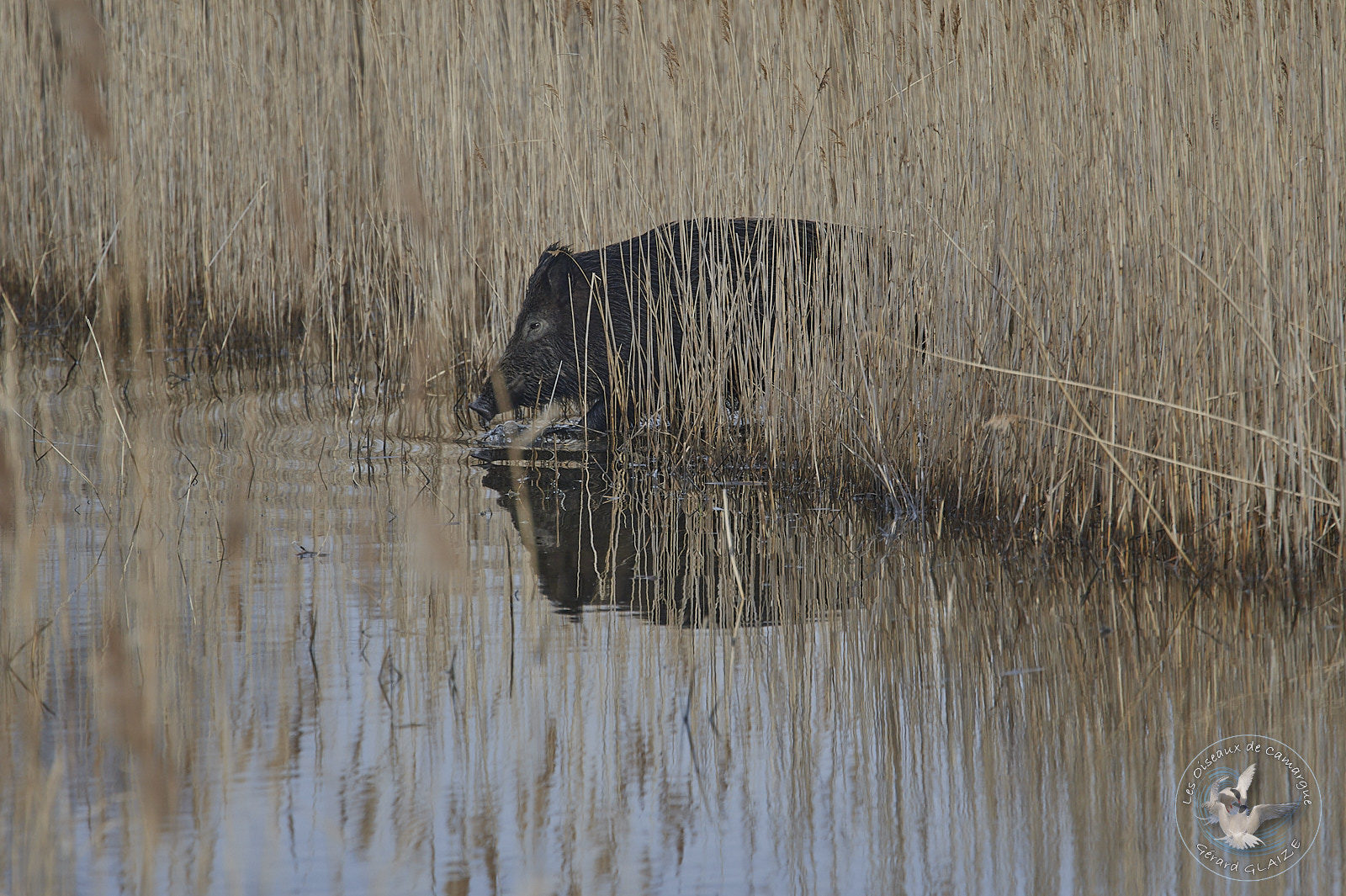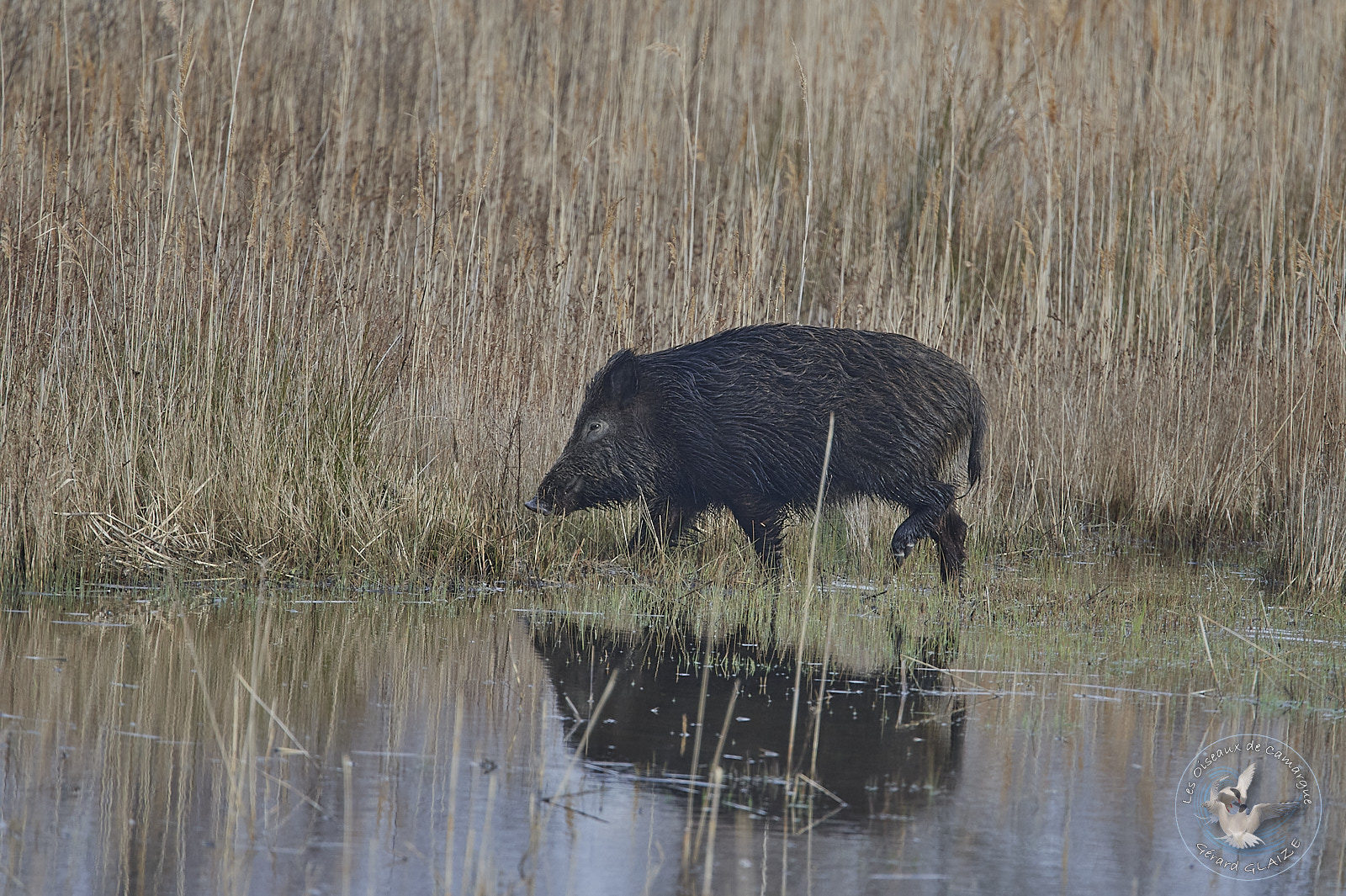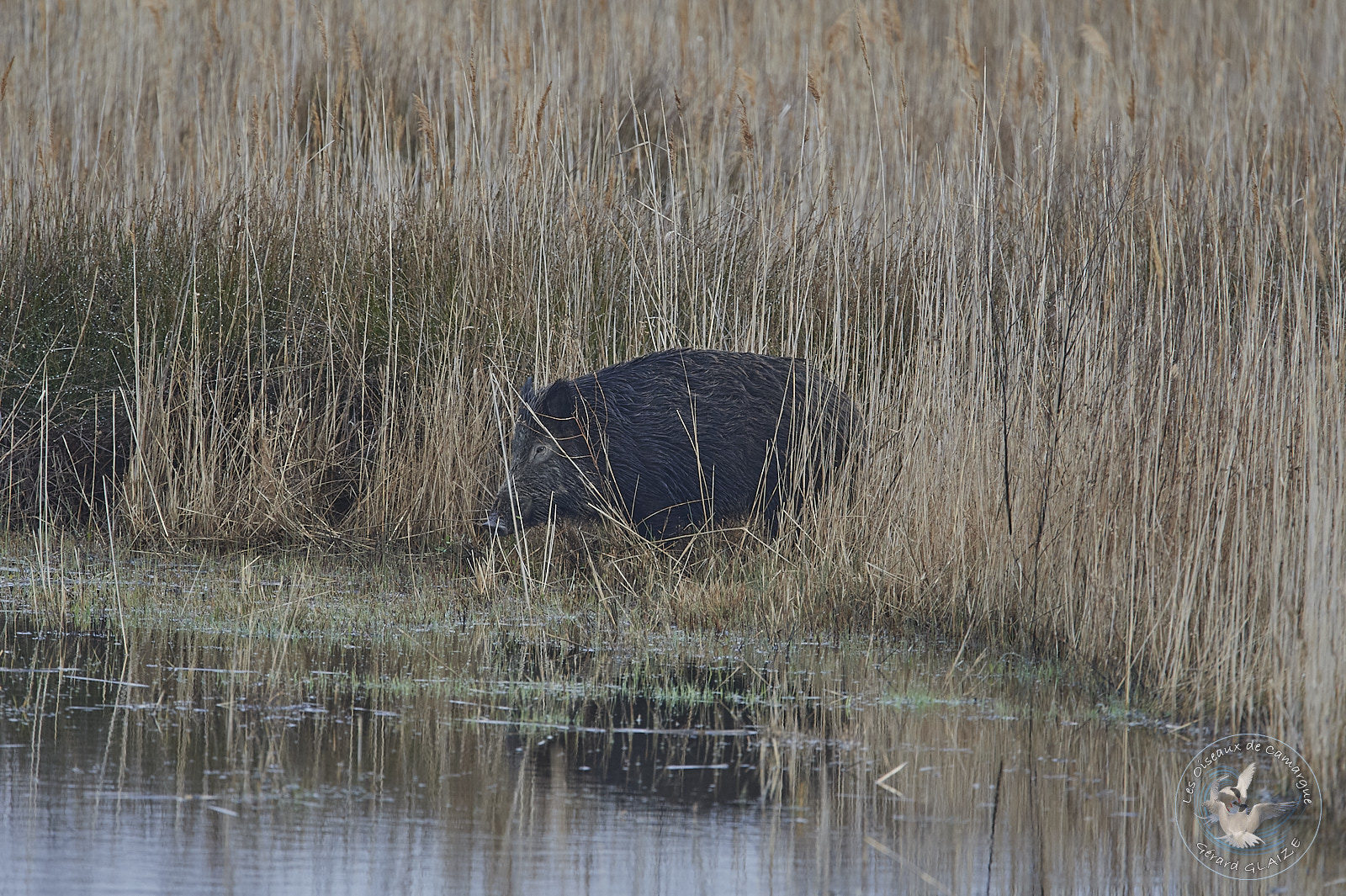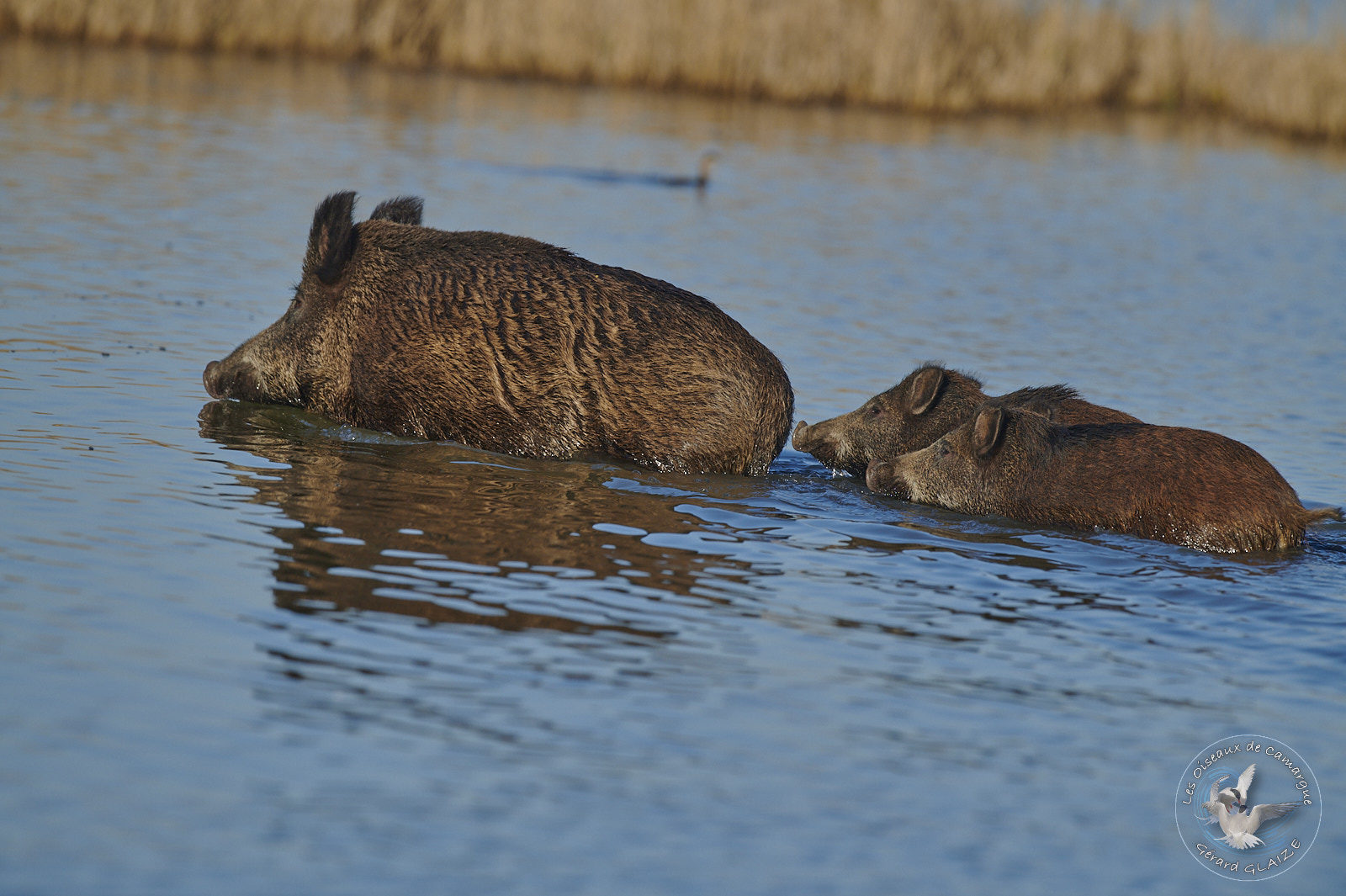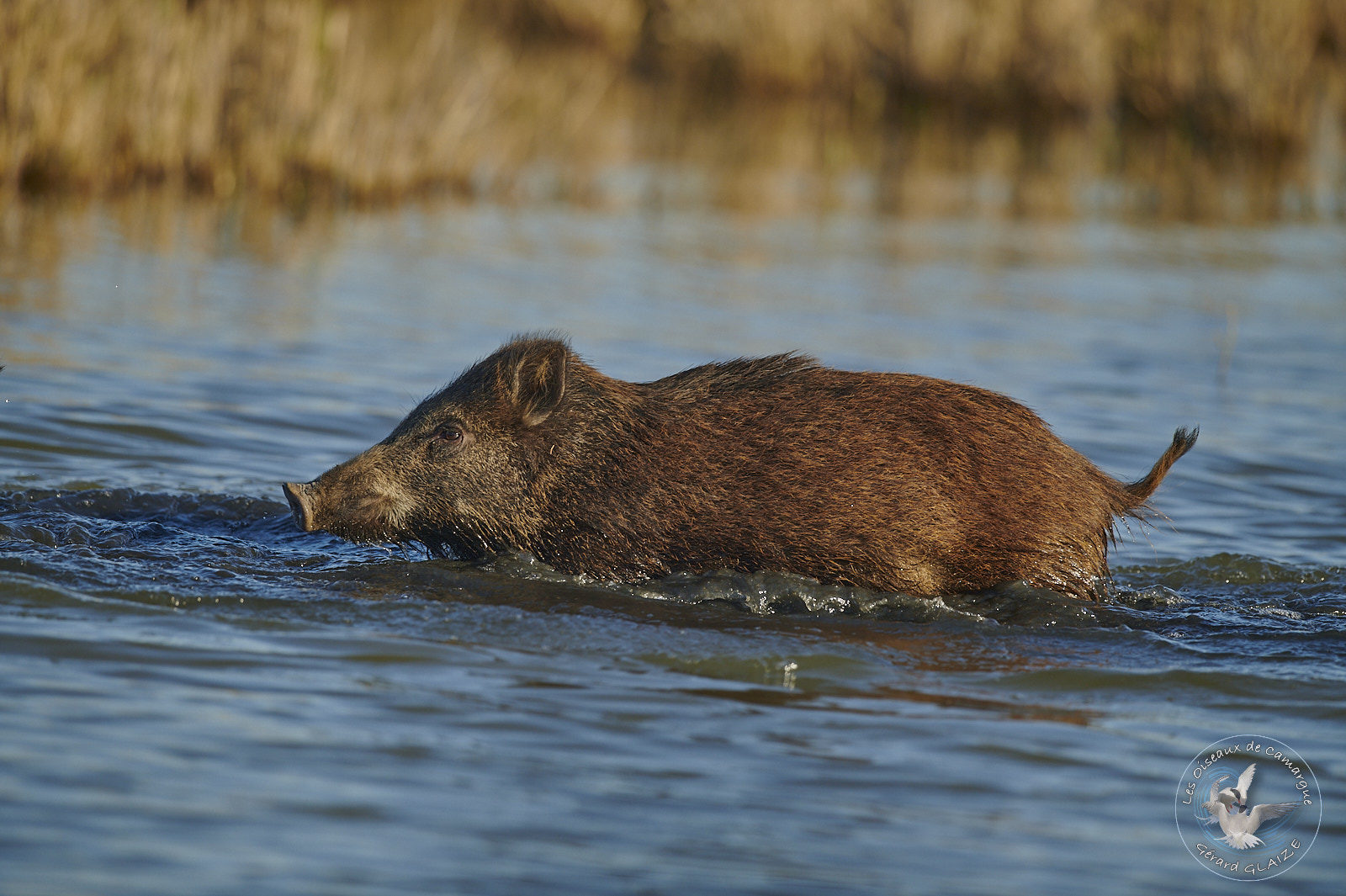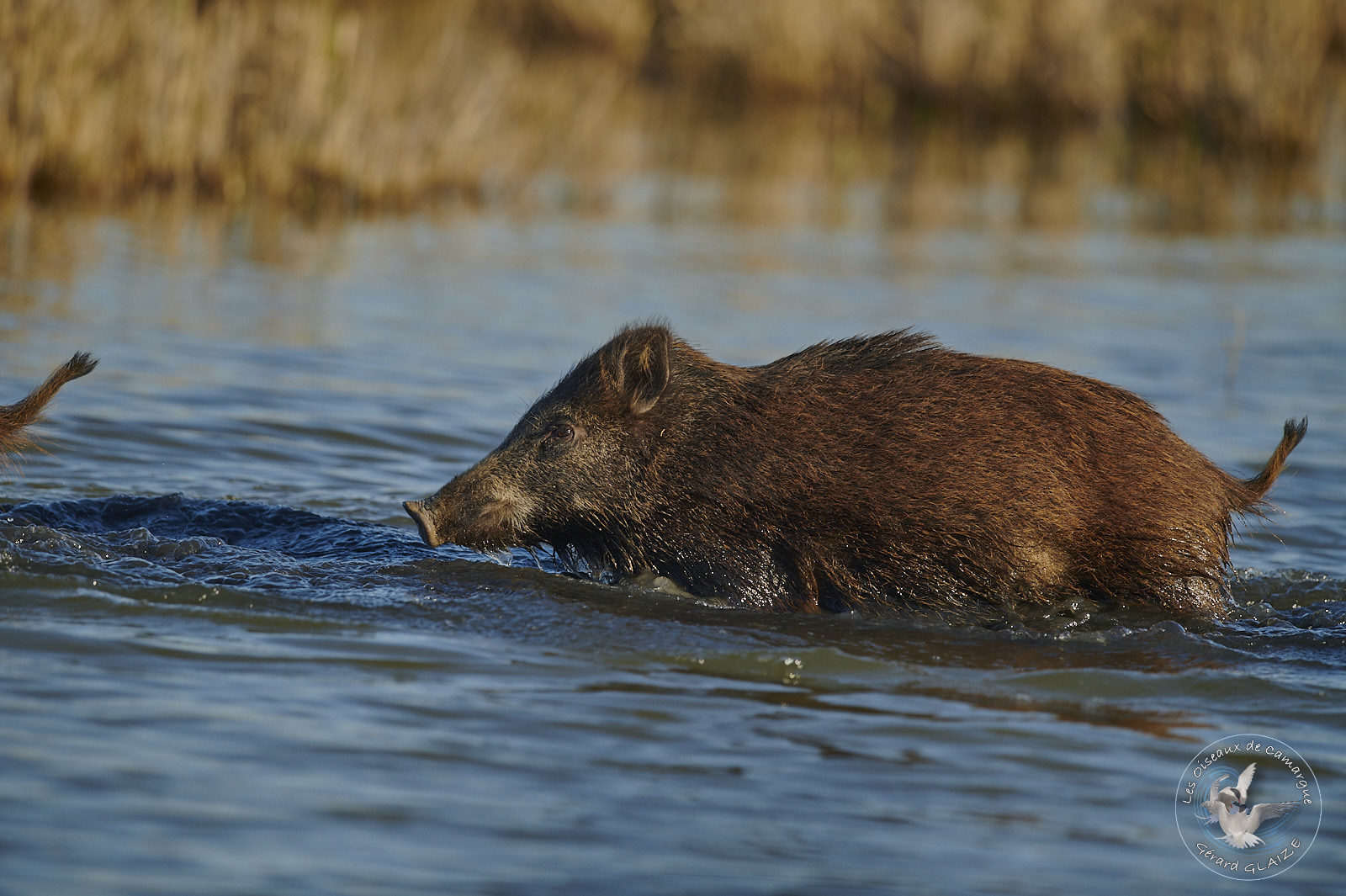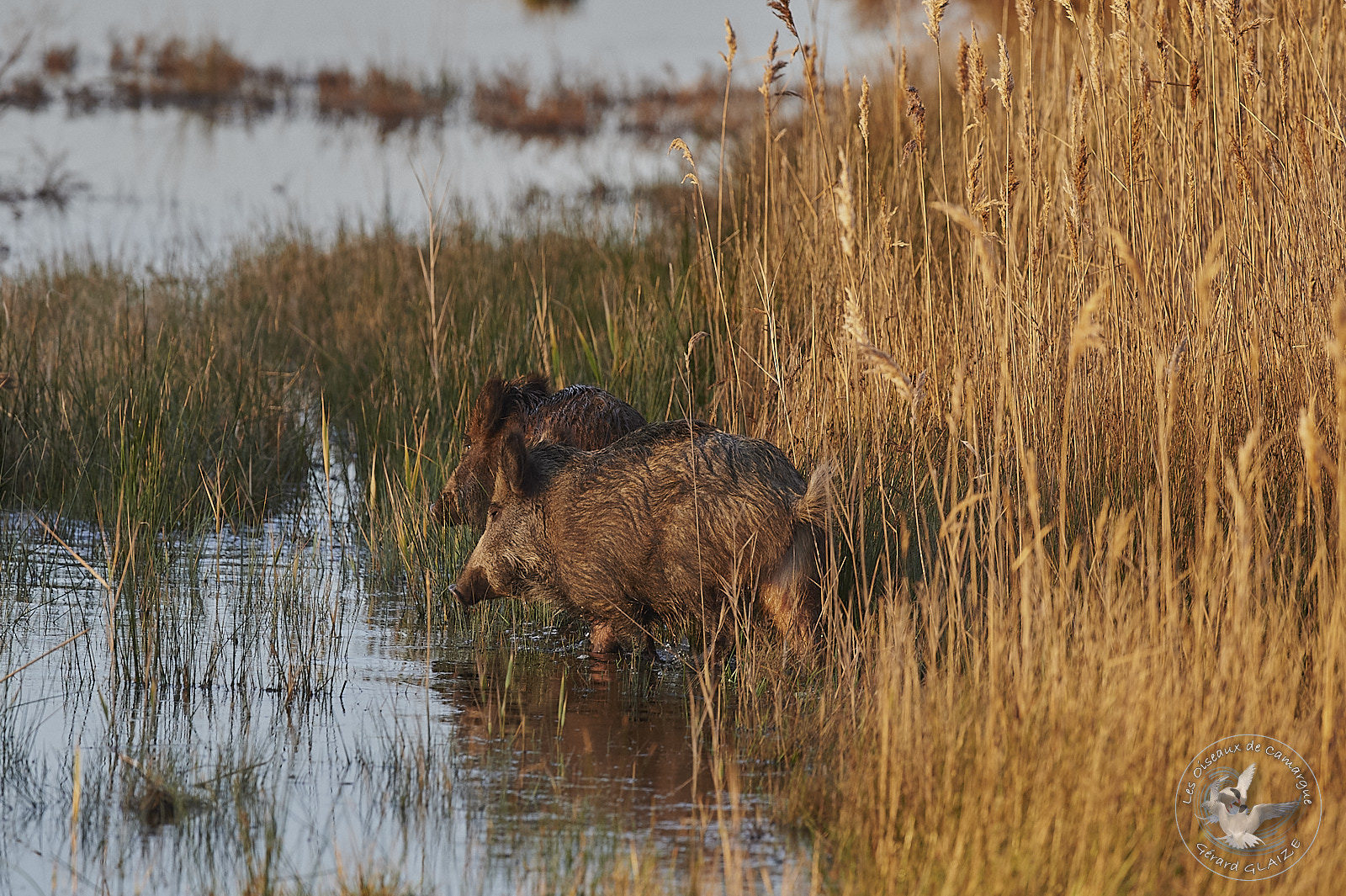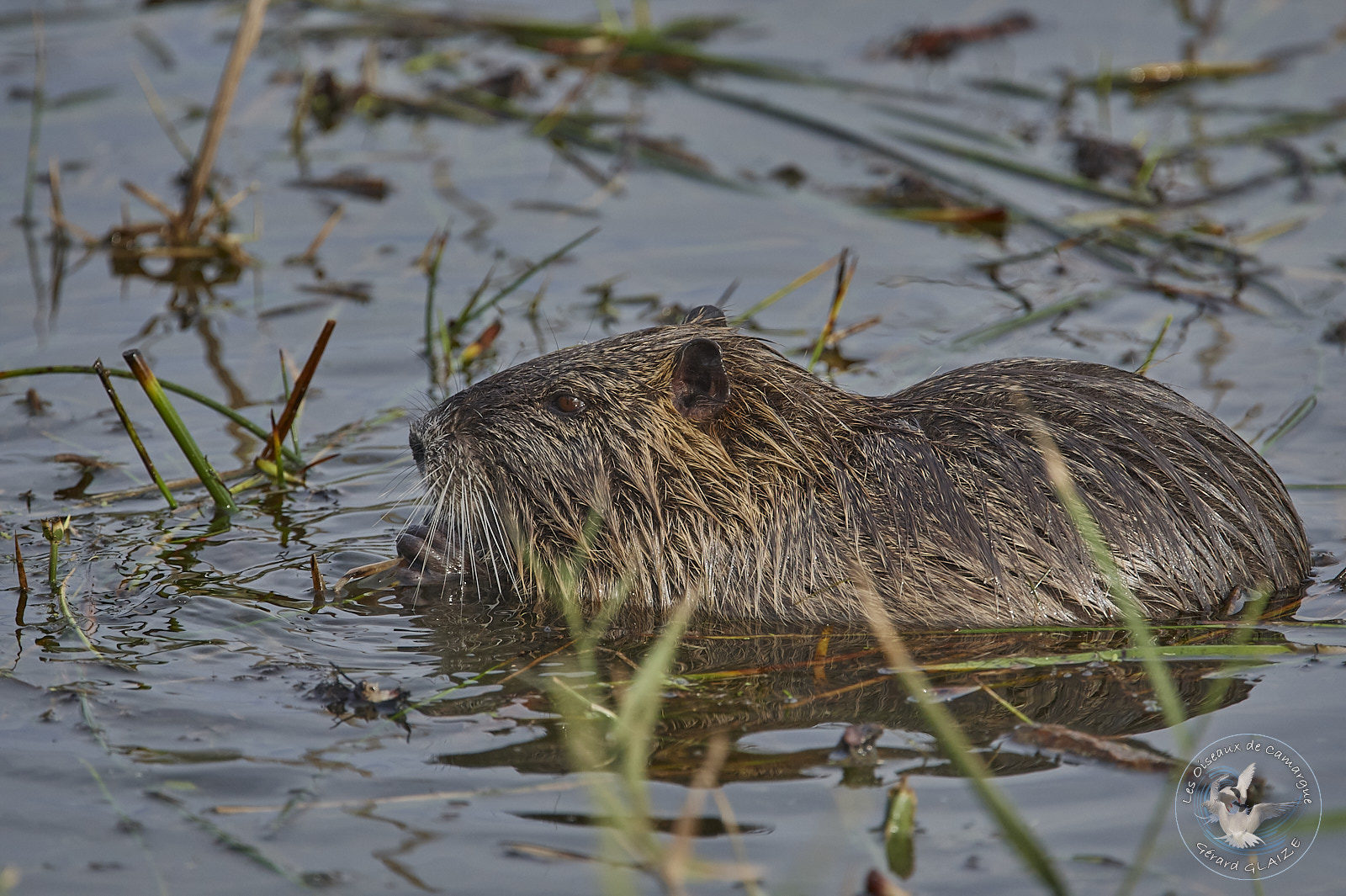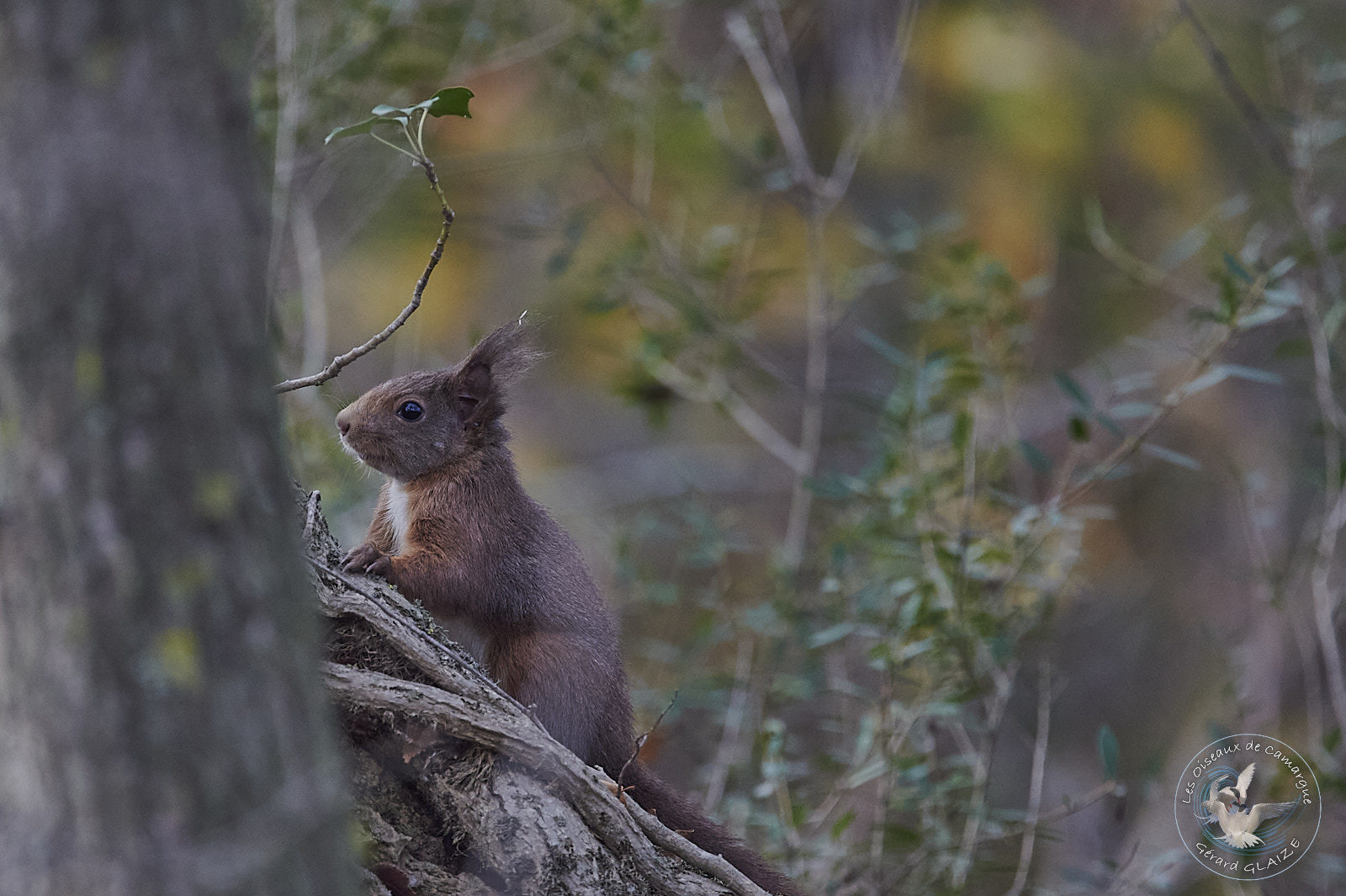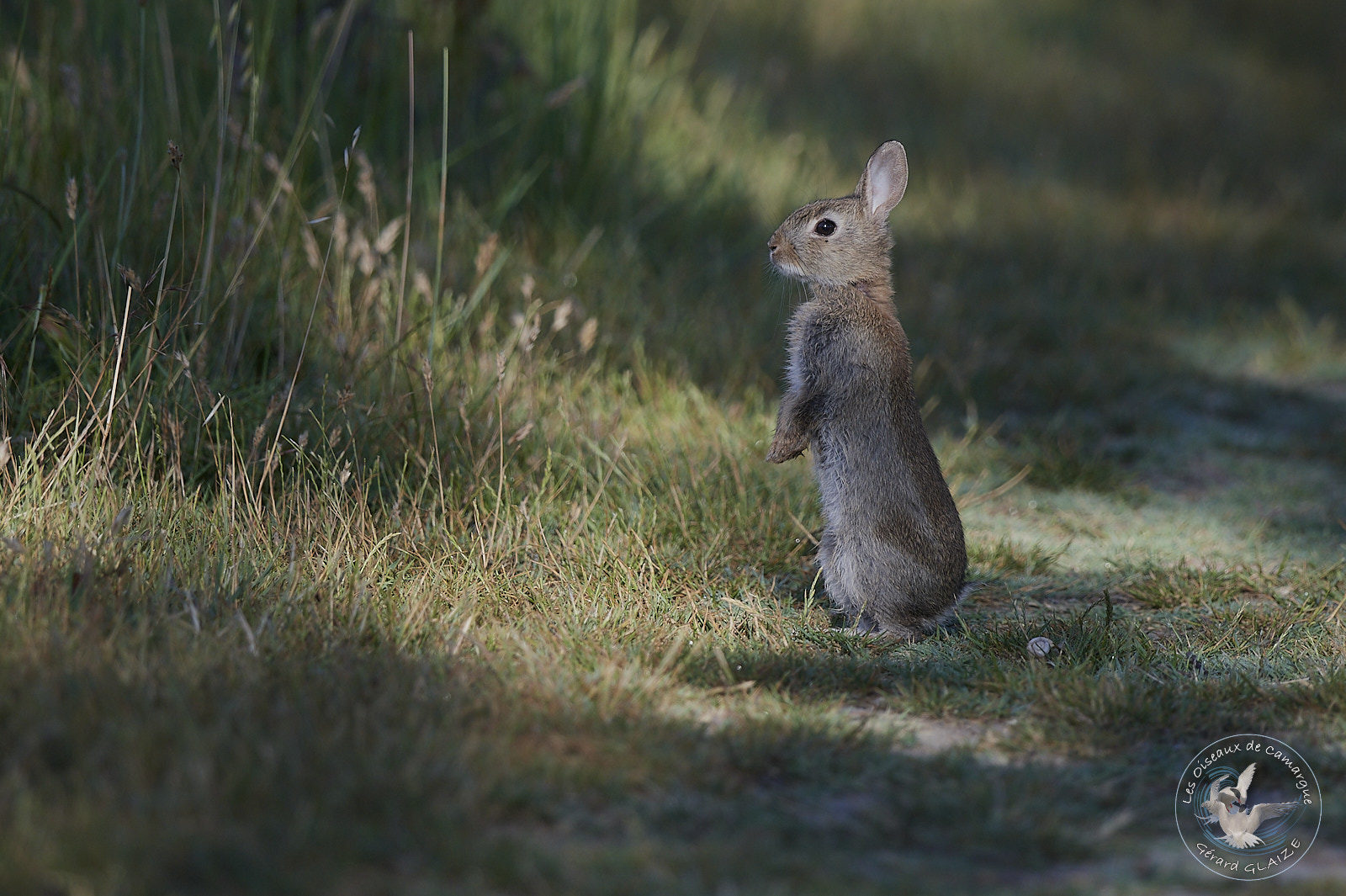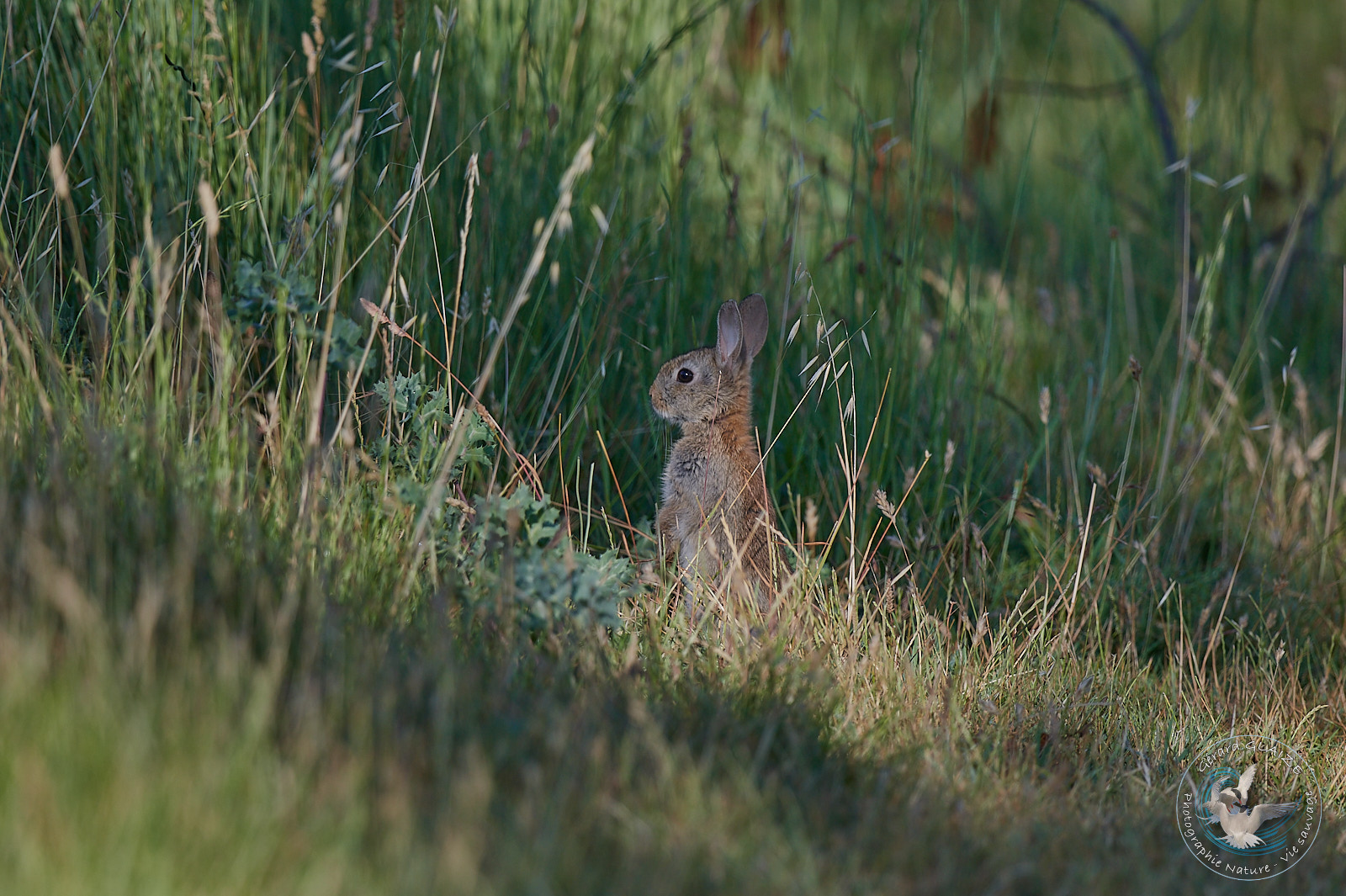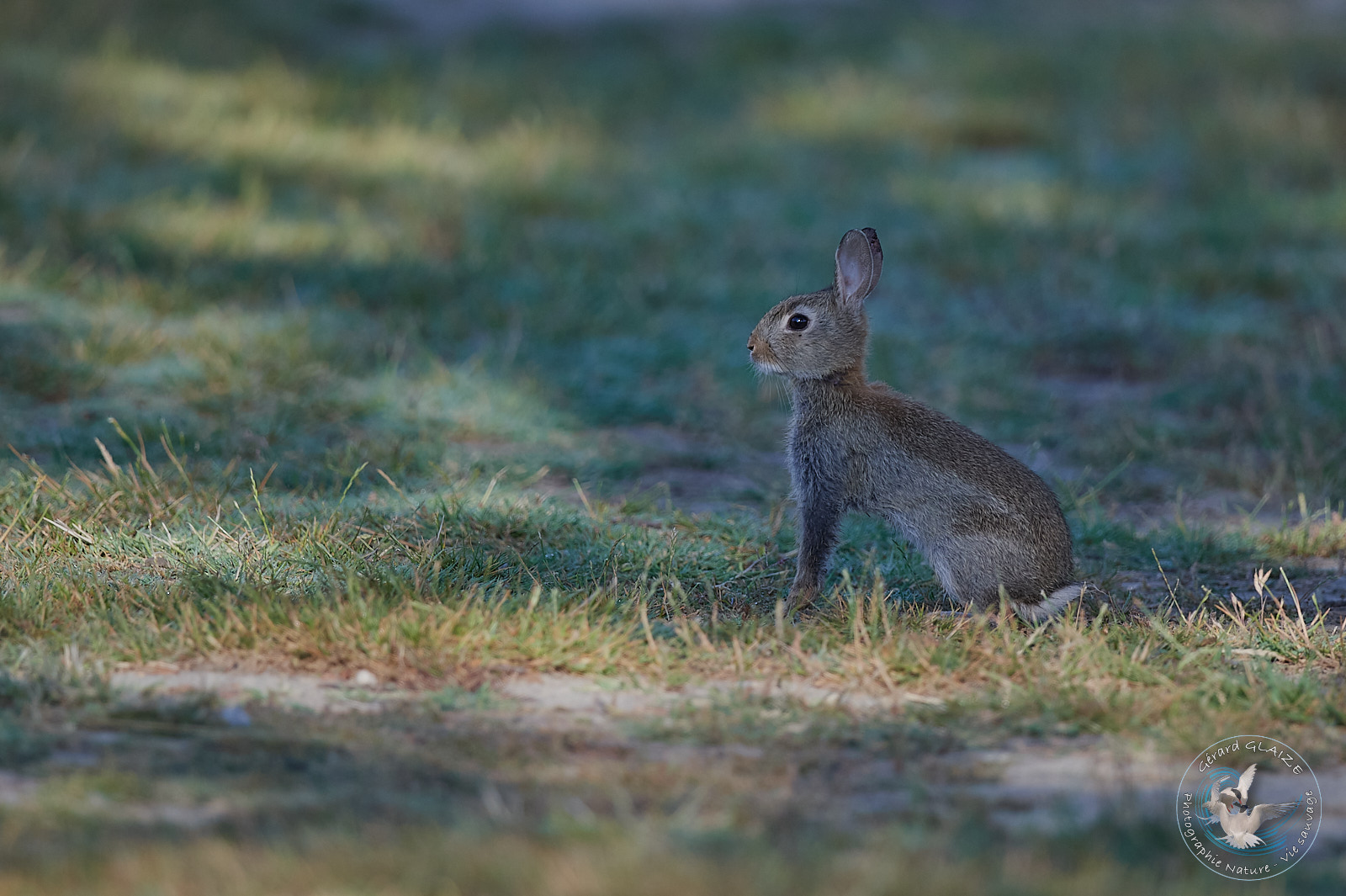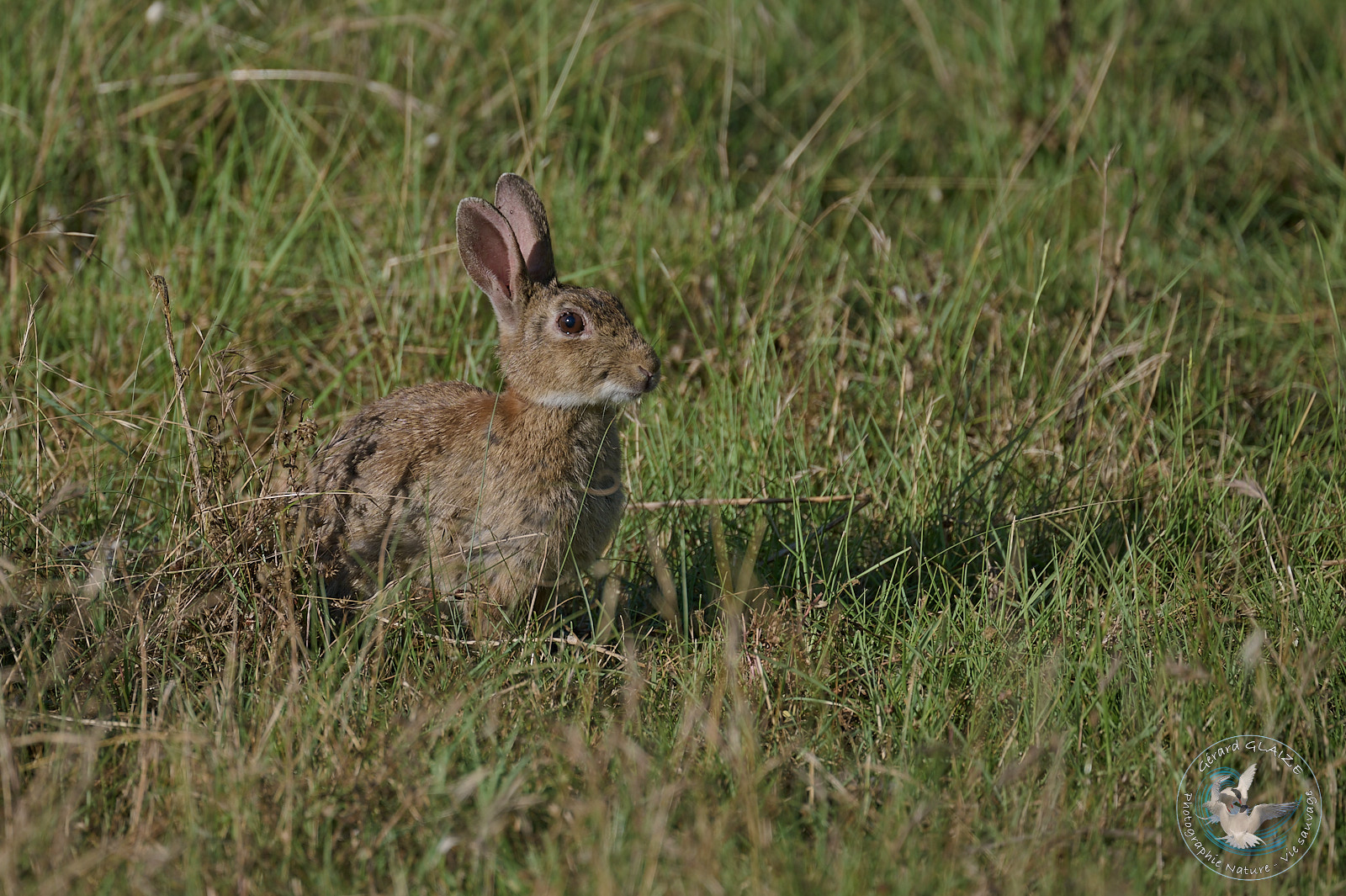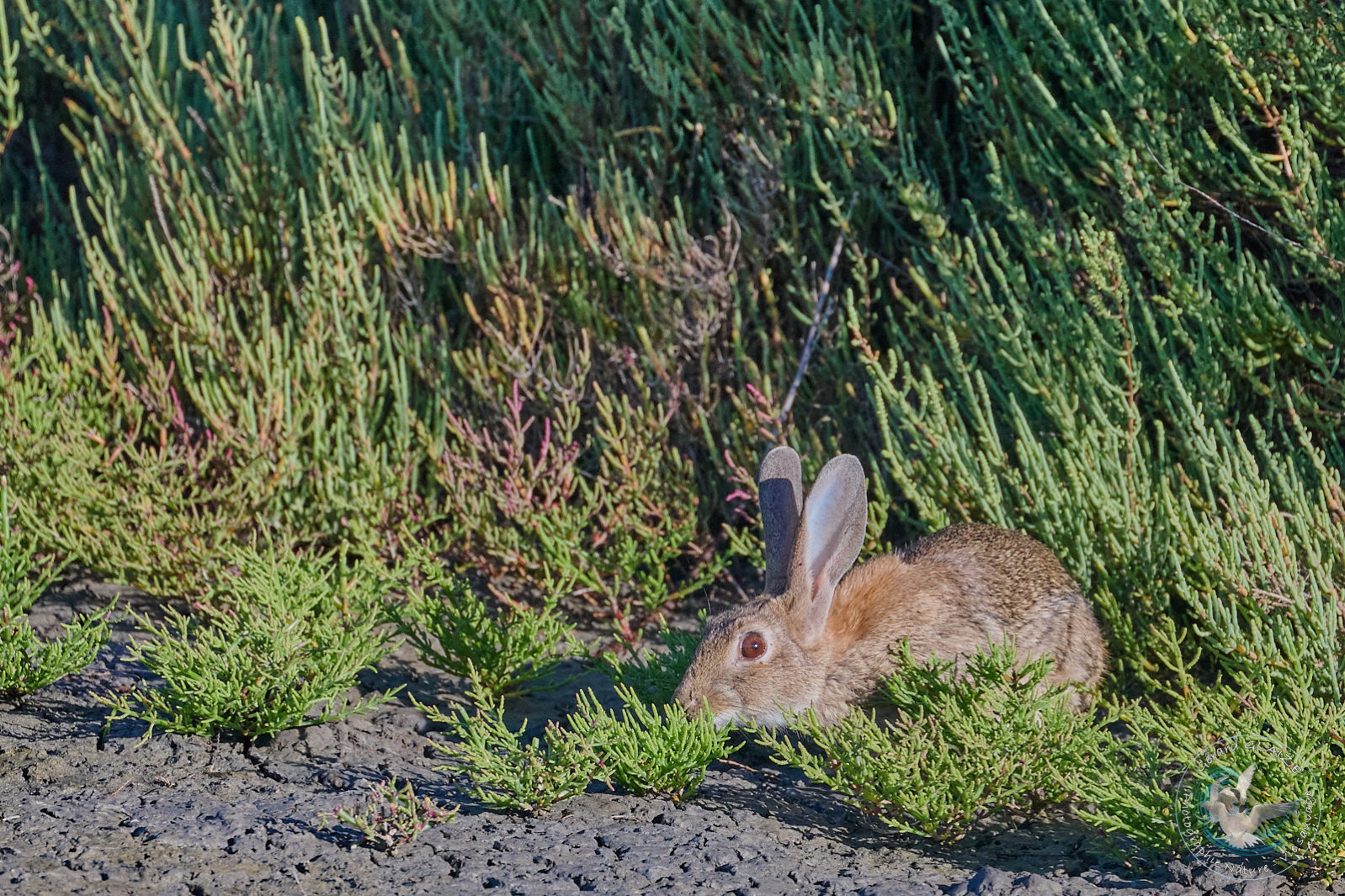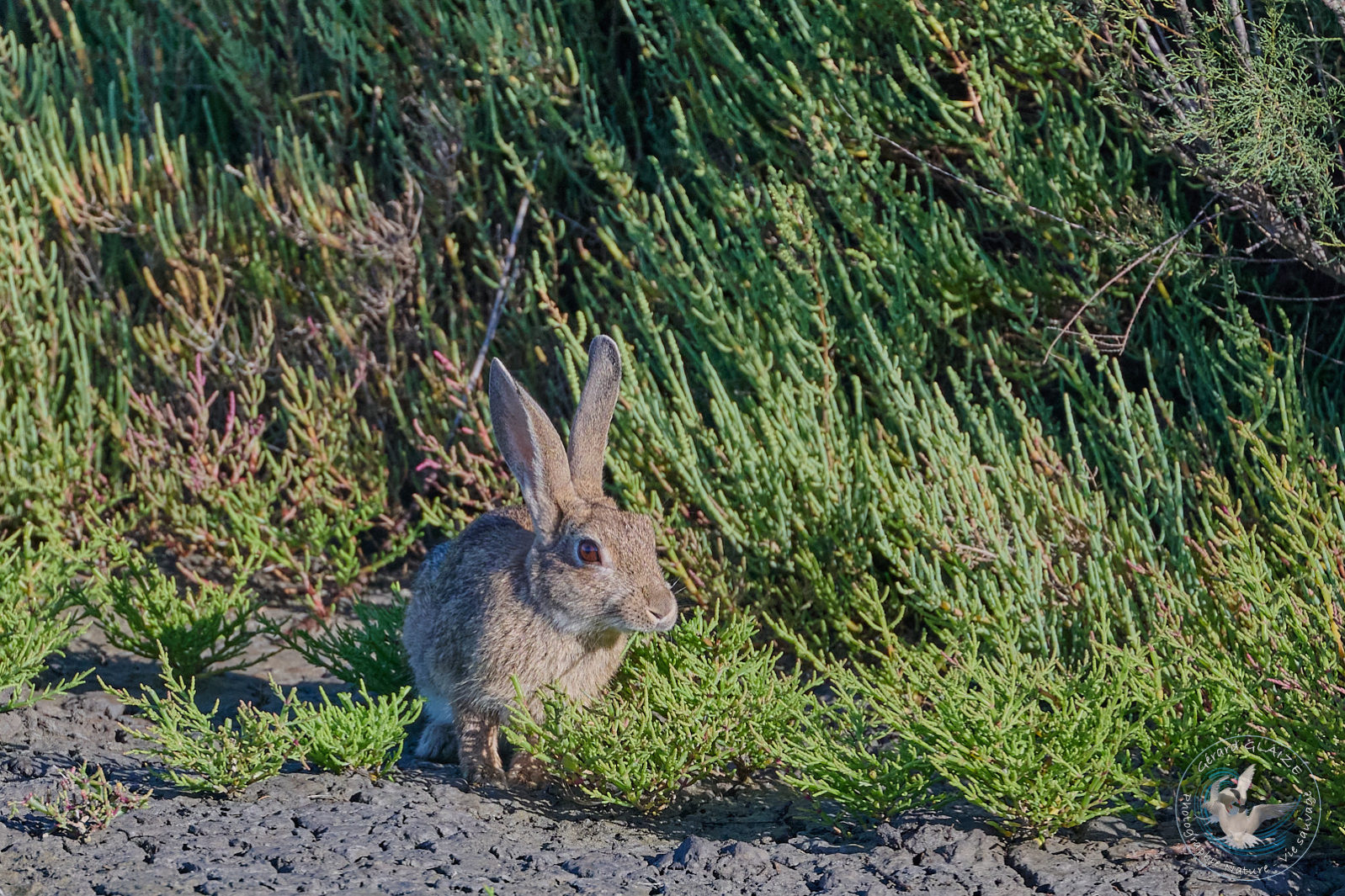The Mammals
Mammals… The Camargue is certainly famous for birds, but many other animals live in this area. Of course we think of Camargue horses and bulls. The breeding of the Camargue horse is absolutely inseparable from that of the bull. Originally bred for the Camarguaise race, the Camargue bull grazes in the marshes in semi-wild mode. Camarguaise race is a bullfighting sport practiced in the south of France, in which the raseteurs try to catch attributes fixed between the horns of the bull. This sporting game is very popular in Gard, Hérault, Bouches-du-Rhône, and Vaucluse. The Camargue racing season includes the As Trophy which takes place in October, either in Nîmes or Arles.
On this page, I present to you a fauna of Mammals that is much more discreet and often more difficult to observe.
Red Fox
Red fox, also called common fox, red fox or even Goupil, is a species of medium-sized canidae. It has red fur marked with white under the belly and throat, a pointed muzzle, straight ears and a bushy tail. The Red Fox has an elongated body with relatively short limbs compared to its size. Its tail is longer than half of its body. This one is long, fluffy and touches the ground when standing. It ends in a small tuft of white hairs. It serves the animal as a pendulum and keeps it warm when it sleeps and wraps itself in it.
The female is slightly smaller and lighter. His frame is also finer. The fur of the red fox is dense, soft, silky and relatively long, especially in winter. It allows it to withstand very cold temperatures, down to −13°C.
Manners of the Red fox
Red Fox is omnivorous. Unlike many canids that hunt in packs, it searches for food alone. It hunts early in the morning, before the sun rises, and late at night. In winter, he also hunts by day when rodents are active. When he hunts small rodents, he uses a very particular technique called mulotage. For its other prey, it uses the stalking technique. So when he hunts the rabbit he approaches it slowly, stopping his progress when the prey ceases its activity or looks in its direction, before launching the chase as soon as it is close enough. Victim is killed with a bite on the back of the neck and is skinned before being eaten.
Red fox reproduces, depending on the region, from December to February, for a birth in fine weather (gestation of about 50 days). This takes place in the shelter of a burrow, whereas the rest of the year the fox lives almost exclusively in the open air. The young are first fed with their mother’s milk. Then, then, little by little, the couple of parents brings them meat. They begin to emerge from the burrow at four weeks and are weaned at nine weeks. They spend the summer with their parents and disperse in the fall.
Red Fox has a fairly wide range of vocalizations, and produces sounds in five octaves. Red Fox is a digitigrade, that is to say, it moves on the fingers. It leaves a characteristic footprint on the ground, where the fingers appear farther from the heel than on a dog’s footprint.
Wild boar
Wild boar is an omnivorous. These forest mammals are close to the pig. The species belongs to the Suidae family. Its female is called the “sow”, the young are “wild pigs”, the young are sometimes called “red beasts” and the adult males “solitary”. This species is capable of developing adaptation strategies to hunting pressure, which sometimes gives it an invasive character.
Regularly, the wild boar wallows in the mud in places called “defiles”, and rubs insistently against the trunks of neighboring trees to get rid of a certain number of parasites, regulate its body temperature and mark its territory. It sleeps in small depressions in the ground, dry, well concealed, called “cows”.
The social structure of the boar is matriarchal, boar companies are made up of one or more sows followed by their offspring. Ragots (boars from 2 to 4 years old) bring up the rear when moving, but are replaced by older males during the rut. From 4 to 5 years old the males leave the groups to become solitary. The processions are often noisy, not only by the heavy sound of footsteps, but also by grunts, cries, gasps and other sniffles. However, boars know how to be discreet and silent if they feel threatened.
Wild boar are particularly fond of wooded areas with water points. Wild boar activity is mainly nocturnal.
Coypu
Coypu, also called “Marsh beaver”, is one of the other mammals present in the Camargue. He is originally from South America. It was introduced in Europe for the breeding of its fur. Following breeding escapes, or voluntary releases, it has invaded many regions of France. This animal is present in particular in the Marais Poitevin and in Camargue. It digs very deep burrows (6 to 7 meters) in the banks, thus helping to destabilize them. The coypu is recognizable by its orange-red incisors.
It is considered harmful, because of the damage it causes to banks and crops. It is also responsible for the destruction of waterfowl nests.
Red Squirrel
With its plumed tail, its graceful silhouette and its agility, the Red Squirrel is a very friendly little animal. Strictly forest and arboreal, the red squirrel is the largest rodent in this type of environment. It is the only native squirrel present in France.
His physical activity in all seasons, even in winter, is very impressive: he literally runs on the branches in trees more than 30 meters high, descending or climbing the branches, jumping from one tree to another with agility and disconcerting ease. In winter, the Red Squirrel simply slows down its activity. Squirrel does not hibernate and extreme cold can be fatal to it.
Red Squirrel preferentially consumes the seeds contained in the cones of conifers, which it effectively peels by tearing off each scale. It also consumes walnuts, hazelnuts, beechnuts, chestnuts, but also, in times of less abundance, buds, tree flowers, seeds of early or still green trees (elms, ashes, maples, lime trees , charm, etc.).
Other Mammals
Among the other mammals that I have been able to meet in the Camargue, let’s mention the wild rabbit. However, this has been in sharp decline in the Camargue for several years.

Quote of the moment
All animals leave a lot of traces if you know how to read them. There is just as much history to follow.
Stéphanie LEDOUX, peintre voyageuse (sur France Infos)
For more information on this region you can consult the site of the Regional Natural Park of Camargue.


